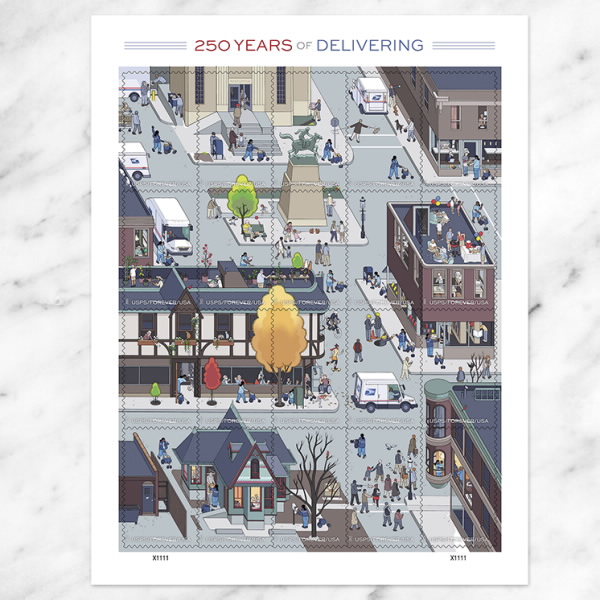Author: Patrick
-
Robot umpires are coming to the Major League
It was only a matter of time: robot umpires are coming to Major League Baseball.
Human plate umpires will still call balls and strikes, but teams can challenge two calls per game and get additional appeals in extra innings. Challenges must be made by a pitcher, catcher or batter — signaled by tapping their helmet or cap — and a team retains its challenge if successful. Reviews will be shown as digital graphics on outfield videoboards.
Maybe it’ll cut down on ejections?
Adding the robot umps is likely to cut down on ejections. MLB said 61.5% of ejections among players, managers and coaches last year were related to balls and strikes, as were 60.3% this season through Sunday. The figures include ejections for derogatory comments, throwing equipment while protesting calls and inappropriate conduct.
-
Treat anxiety by microdosing LSD
More research suggesting that LSD can treat anxiety based disorders.
A rigorous new study finds that a single dose of LSD can ease anxiety and depression for months.
The study involved 198 adults with generalized anxiety disorder, or GAD, a disabling form of anxiety that affects about 1 in 10 people over the course of a year.
Participants who got lower doses of LSD (25 or 50 micrograms) did no better than those who got a placebo. But people who received higher doses (100 or 200 micrograms) responded quickly, a team reports in the Journal of the American Medical Association.
-
Paul Hubbard creator of the huddle
In 1884, a deaf football player created the huddle.
During a tight game in the fall of 1894, Paul Hubbard—quarterback for the Gallaudet University Bison, and known as “the Eel” for his canny maneuvers—made a simple move that changed sports forever: Concerned that his hand signs were tipping off his plans to the opposing defense, Hubbard summoned his offense and directed them to form a circle around him, creating what many consider the first football huddle.
-
The consequences of reality collapsing
Most discussions of this issue focus on the technology. I believe that’s a mistake. The real turmoil will take place in social cohesion and individual psychology. They will both fracture in a world where our shared benchmarks of truth and actuality disappear.
Many people won’t have the toughness or resiliency to survive in this environment. A rise in mental illness is not only expected—in fact it’s already happening. But we also must anticipate new kinds of mental breakdowns never seen before.
And also a very dystopian business opportunity:
I can even imagine new career paths. In the near future, people might work as custodians of reality—a kind of high-powered version of today’s notaries. Their job will be validating the actuality of events and media.
I’m not joking. We will need personal validation of all the things we previously took for granted.
That might actually be a big business opportunity in its own right.
-
A history of cell phone ringtones as told by statistics
Remember when people paid good money for a cell phone ringtone?
In 2003, a Swedish animator created a 3D frog character to accompany “The Annoying Thing,” which caught the attention of ringtone maker Jamba!, who eventually combined “The Annoying Thing,” the 3D frog character, and the theme music from Beverly Hills Cop, rebranding this conceptual Frankenstein as “Axel F.”
At its peak, Crazy Frog captured 31% of the UK ringtone market, generating over £40 million in sales in 2005, driven by an extensive advertising blitz where the song was featured up to 26 times a day on British television (per channel), reaching an estimated 87% of the population. The ringtone was so ubiquitous that it later spawned a full-length single, which climbed to #50 on the Billboard Hot 100.
Crazy Frog’s meteoric rise is a perfect encapsulation of the 2000s ringtone craze: a grating 30-second meme that started as a phone alert, morphed into a charting single, and is now a forgotten relic—practically unknown to Gen Z.
-
250 Years of Delivering by Chris Ware
This sheet of United States postal stamps, tell a story across four seasons. Creating by Chris Ware, it contains his iconic geometric illustration style.

-
Tunnel girl
A northern Virginia woman, known on the Internet as “Tunnel Girl,” or Engineer Everything, is constructing a massive underground tunnel below her house.
You’ll find her on TikTok detailing her process and journey.
-
Wi-Fi measuring heartbeats
Apparently, there is a way for Wi-Fi to measure heart rate with clinical accuracy.
Traditionally, measuring heart rate requires some sort of wearable device, whether that be a smart watch or hospital-grade machinery. But new research from engineers at the University of California, Santa Cruz, shows how the signal from a household WiFi device can be used for this crucial health monitoring with state-of-the-art accuracy—without the need for a wearable.
Their proof of concept work demonstrates that one day, anyone could take advantage of this non-intrusive WiFi-based health monitoring technology in their homes. The team proved their technique works with low-cost WiFi devices, demonstrating its usefulness for low resource settings.